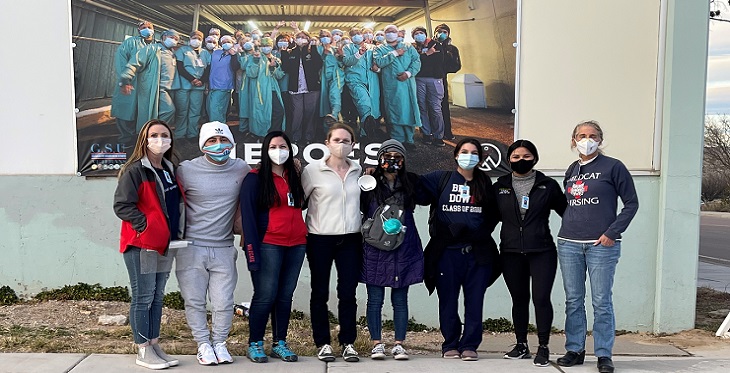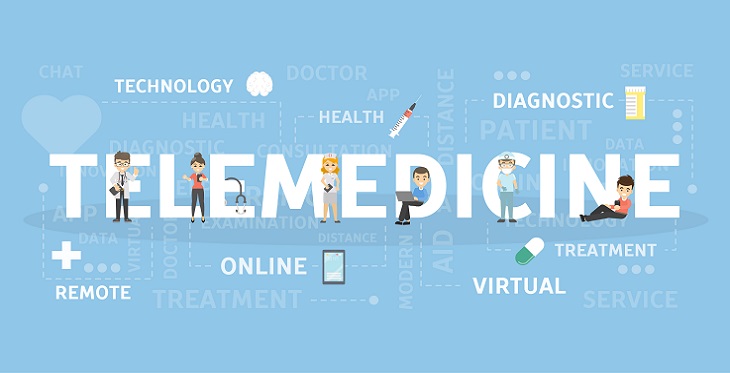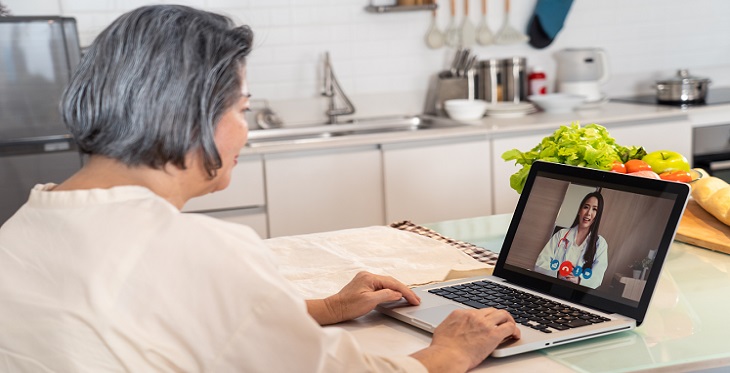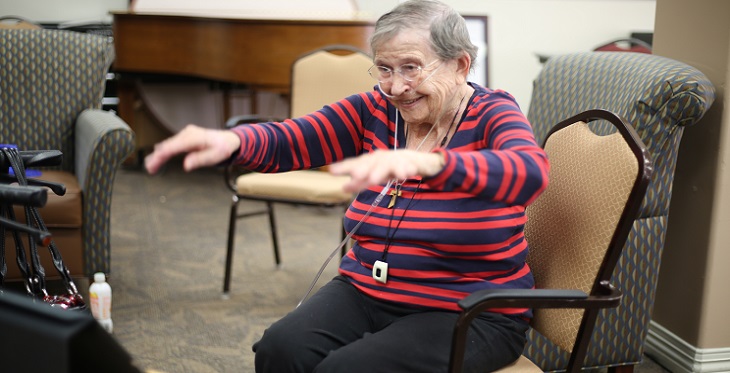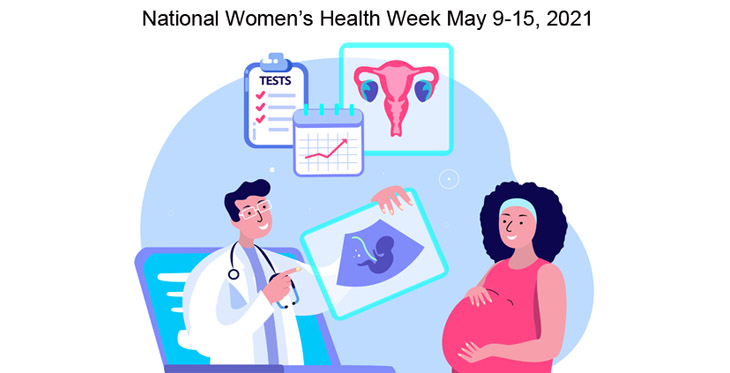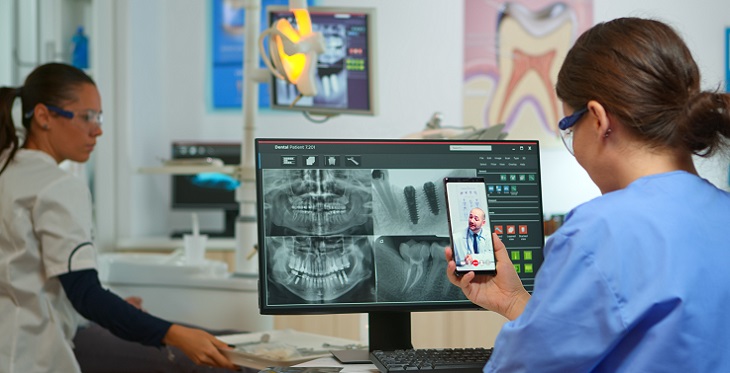Telemedicine is when technology is used to deliver care at a distance. A physician or some other healthcare provider is in a different location than the patient, delivering care virtually, over video or phone.
Since the spread of the Covid-19 virus in 2020 telehealth and telemedicine coverage has been expanded, which was previously covered only in a limited fashion. Therefore, there has been a large increase in Medicare recipients seeing physicians using telemedicine. Many types of visits in most specialties can be handled through a virtual or telemedicine visit. This is especially important for the Medicare population, since it is mitigating their risk by not going to an office with exposure to others. In some circumstances it may still be necessary to do an in-person visit, for example to get an x-ray exam, get labs done or have a procedure done. Here are five helpful tips to help you best prepare for a Medicare telemedicine appointment.
